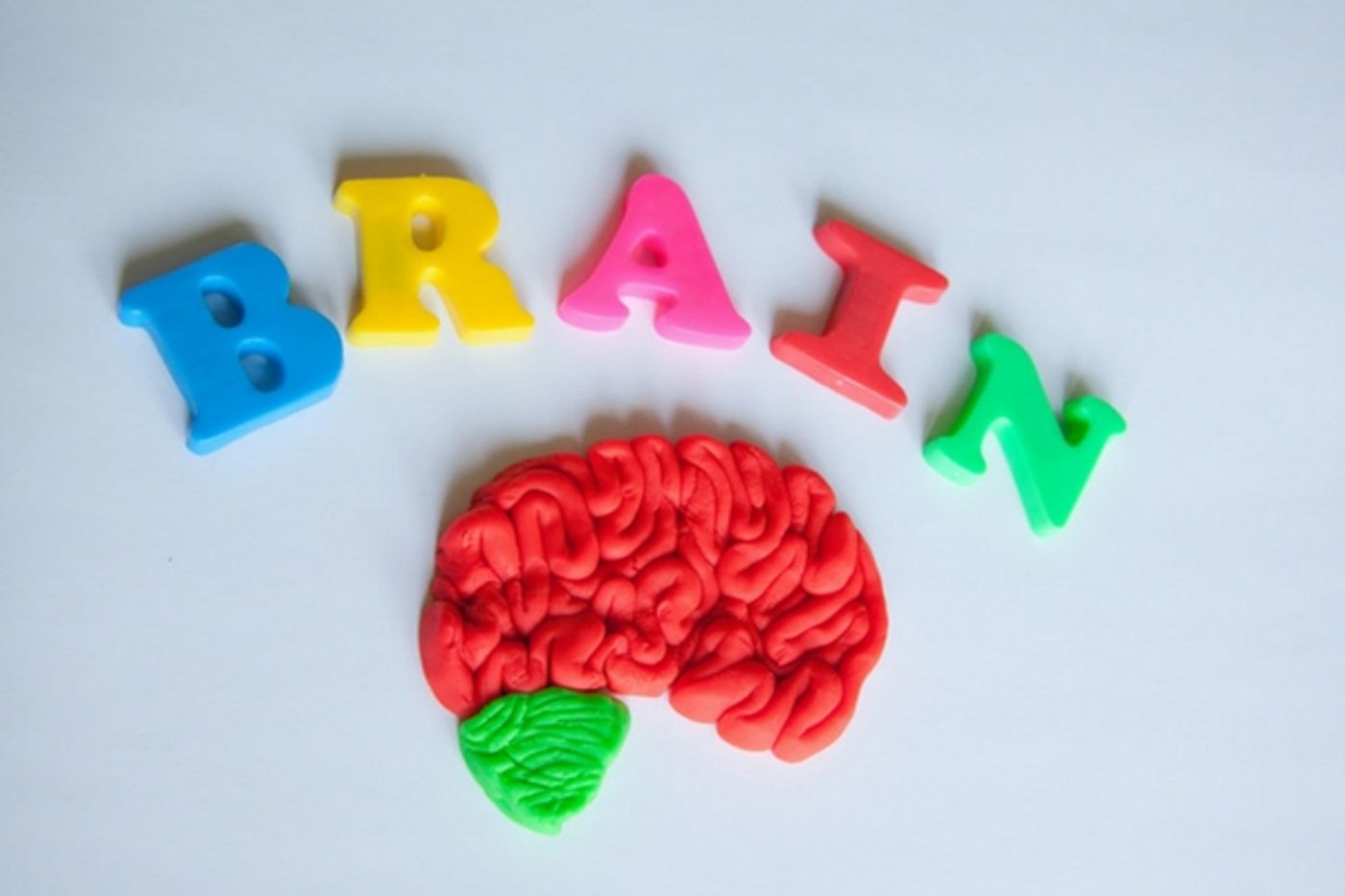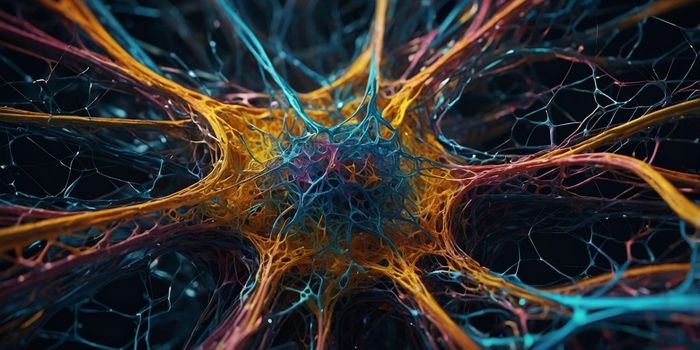Brain banks might sound creepy, conjuring up visions of brains floating in jars and other odd equipment lying around, but it’s no horror movie. Brain banks provide much needed tissue and medical records to researchers all over the world. Keeping brain tissue safe from deterioration and well organized is a tough process however. Recently a collection of brains that had been stored in the UK were moved to Belgium, to be housed and managed at the University of Antwerp.

These particular brains have a bit of a history. They started off in a brain bank at Runwell Hospital, a psychiatric facility in Essex. British neuropathologist John Corsellis started the brain bank in the early 1950’s. In those days, patients who died at the hospital had routine autopsies and the brains were kept, along with detailed medical records. When Corsellis and another colleague passed away, the collection was moved to the West London Medical Health Trust. Most recently the collection was kept at St. Bernard’s Hospital in Ealing, but they were having trouble housing it properly.
A PhD student at Antwerp University heard of the issues and together with the Duffel Psychiatric Hospital in Belgium and the University's neuroscience department arranged to have the collection brought from the UK to the facilities at Antwerp. These are not just any brains either, in terms of their value for research. First, the collection of brains, now numbering 3.348, is composed entirely of brains that were taken from psychiatric patients. In the 50’s, many patients who were hospitalized for mental disorders were not given medications, so the tissue is valuable because much of it hasn’t been altered.
Additionally, the brain bank is now the largest collection of brain tissue samples from psychiatric patients in the world. The potential for all kinds of research is significant now that this many brains are available for study in one place. The medical records of the patients accompanied the collection, so it’s a treasure trove for neuroscientists looking at various mental health conditions. Prof. Manuel Morrens, director of research at Psychiatric Hospital Duffel and a professor at the Collaborative Antwerp Psychiatric Research Institute (CAPRI), which is part of the University of Antwerp said, “If a new home had not been found for the collection, the brains would have been destroyed. That would’ve been a great shame, because this collection is incredibly valuable. Corsellis actually began his collection at a time when the first psychiatric medicines were just coming onto the market. Many patients never received any treatment, which means that scientists can now research certain disorders using these ‘uncontaminated’ brains. The post-mortem brain tissue we see today has very often been affected by years of treatment with various types of medication.”
A postdoctoral researcher at Antwerp, Violette Coppens, said that she and her colleagues were looking forward to using the collection in their research, “It’s not always easy to carry out post-mortem examinations on the brains of psychiatric patients, mainly because of the strict regulations. But examining brains directly is really of crucial importance if we want to understand the pathophysiology behind psychiatric disorders.” The video talks more about these incredibly valuable brains and how they can move neuroscience research forward.
Sources:
University of Antwerp,
Focus On Belgium,
Flanders Today









